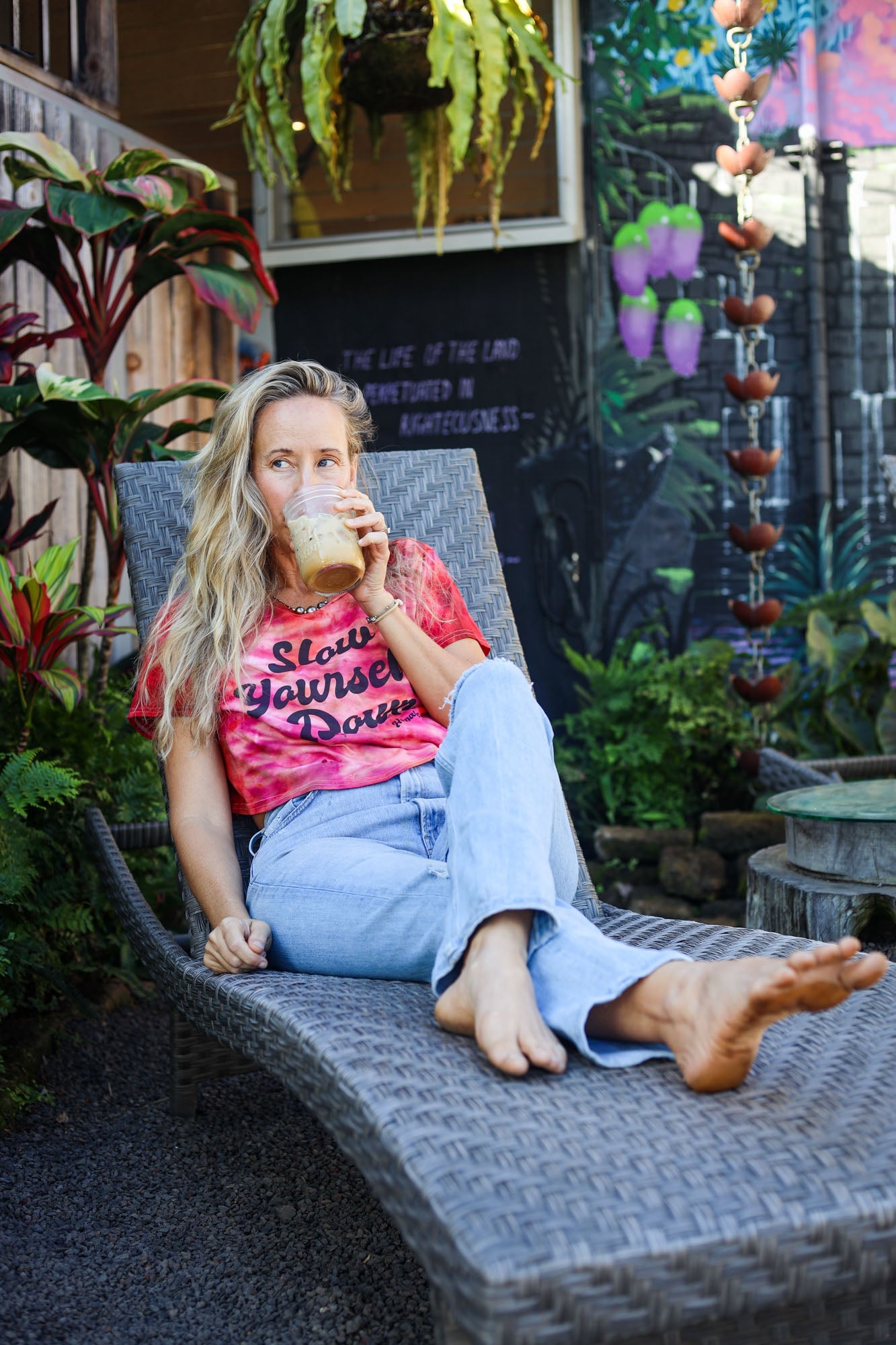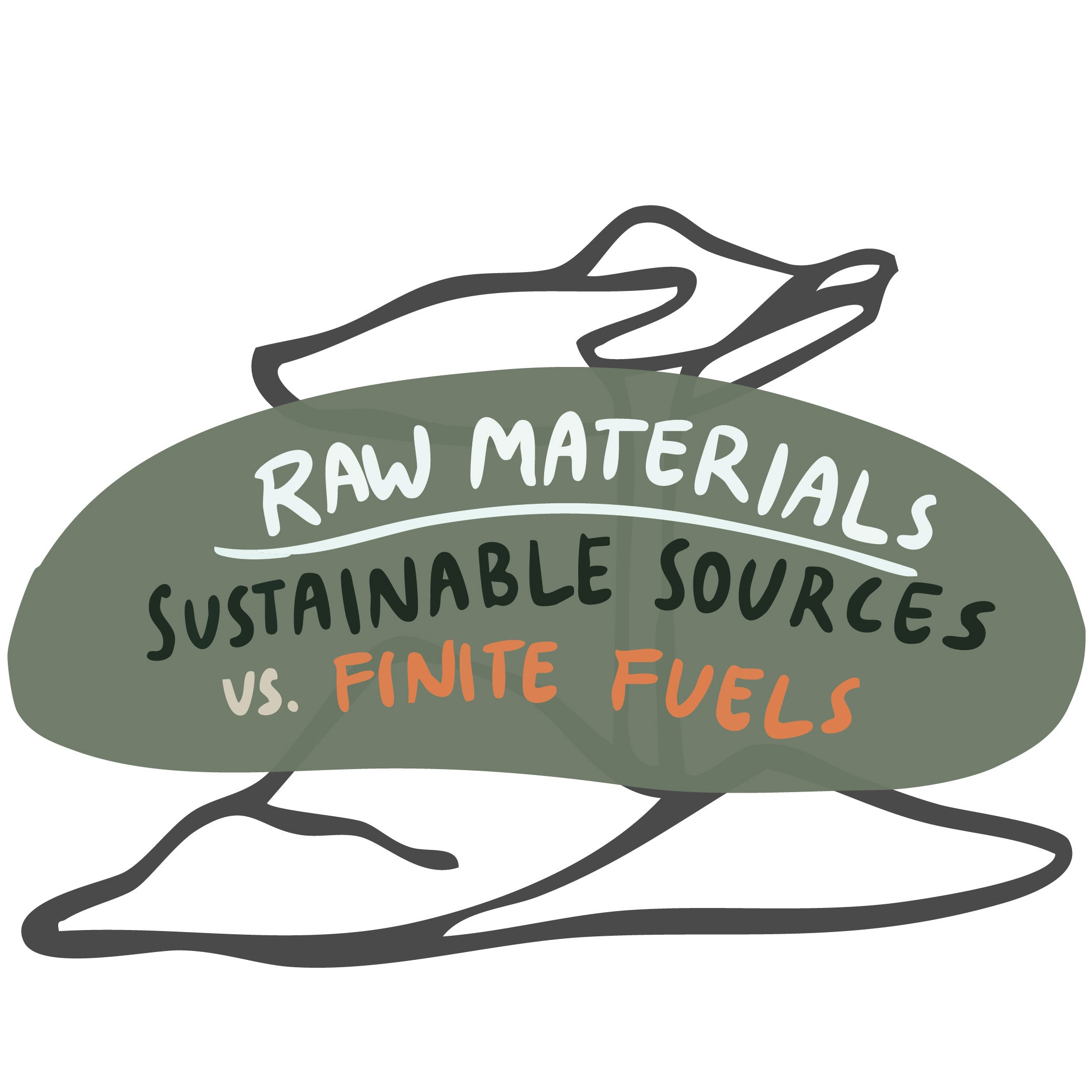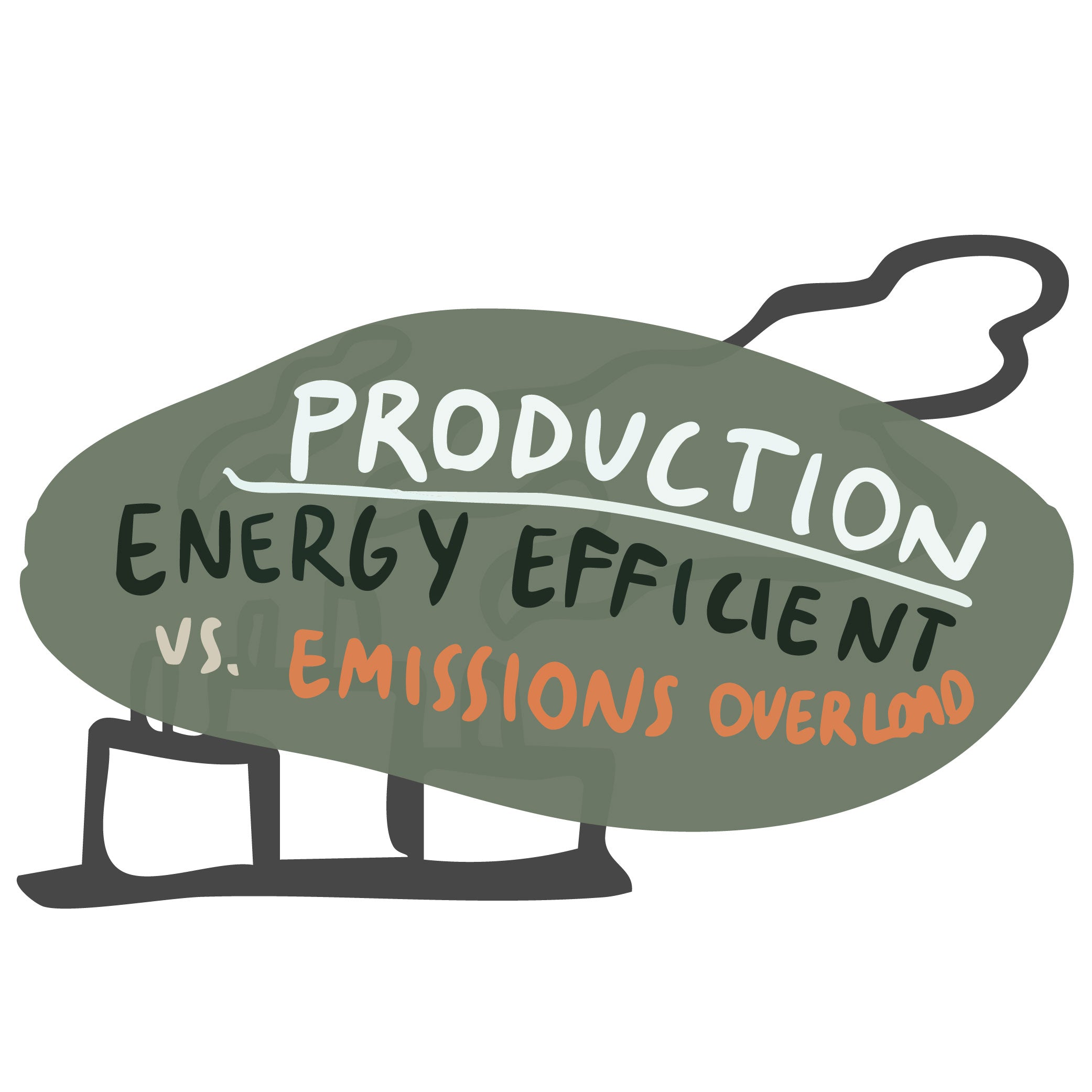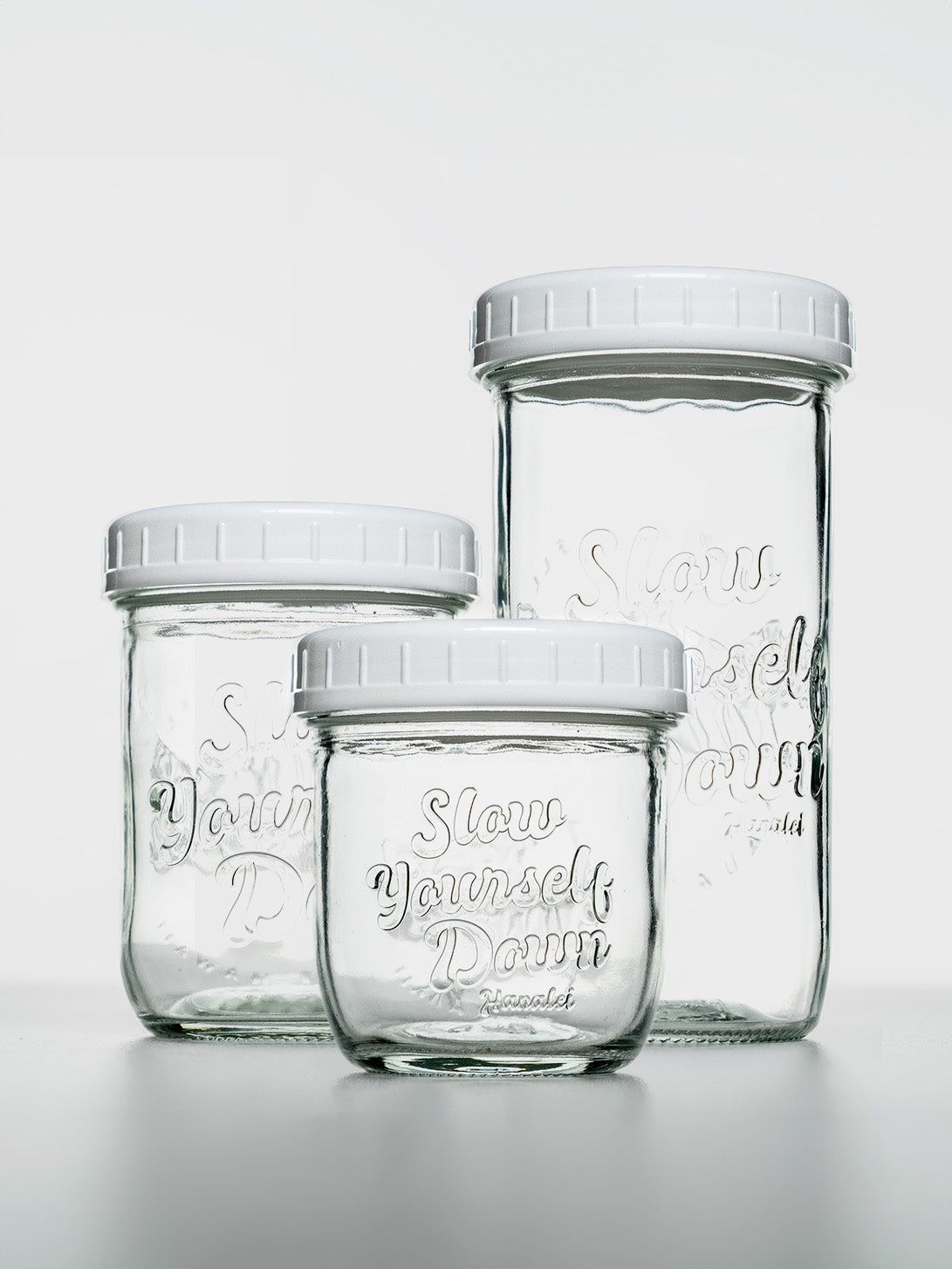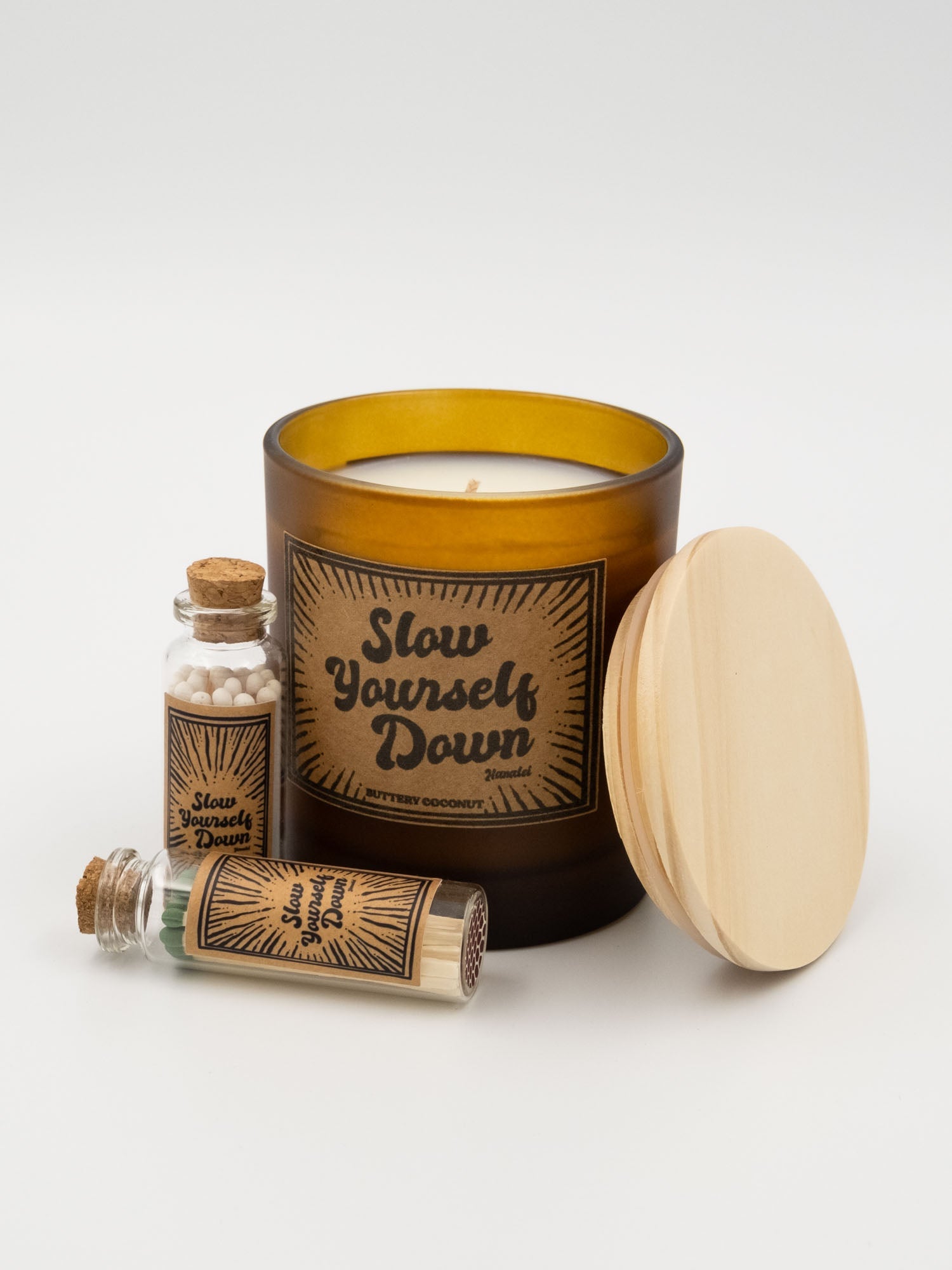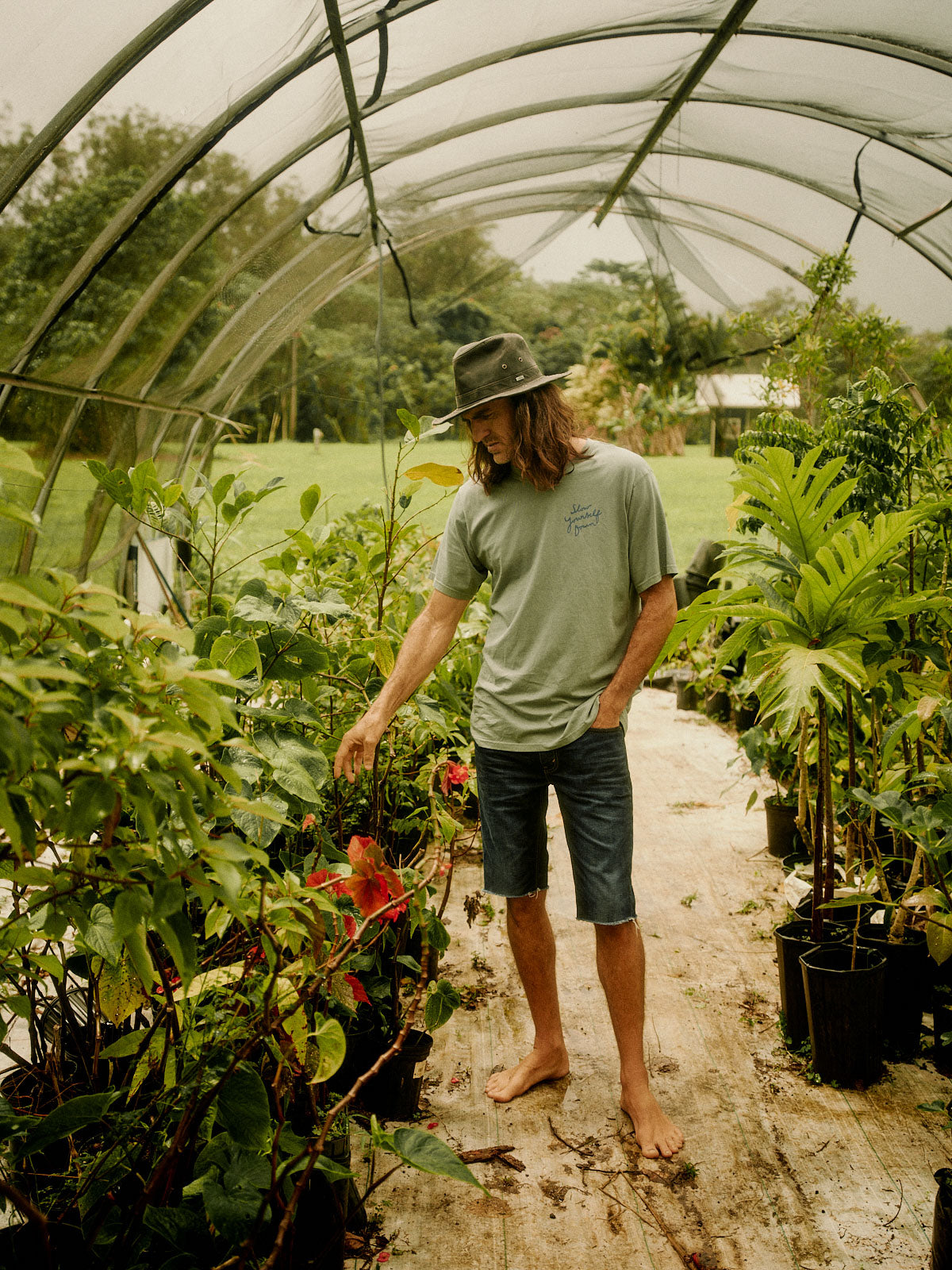In 2013, Aamion, the co-founder of Slow Yourself Down, decided to replace disposable cups with glass mason jars for smoothies and cold drinks at The Wishing Well Shave Ice Truck.
The move was an early step toward building a business rooted in environmental responsibility.
Here is why we made the shift as a business to do that.
